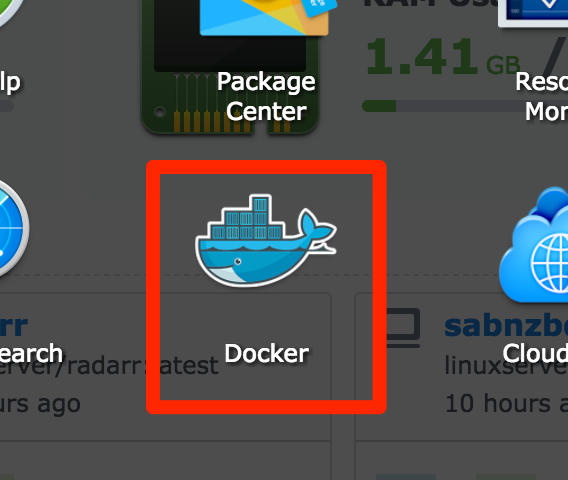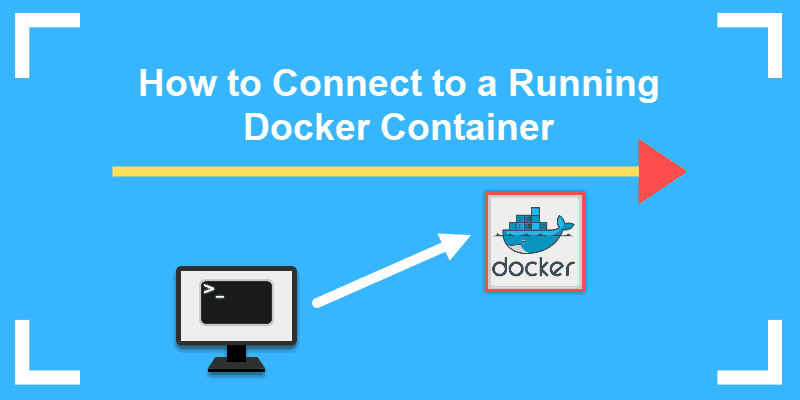

So if you create a database container on isolated, it would be available for any other container on the same network. If you now run the command docker network inspect isolated, you’ll see that the container has been attached ( Figure F).Īny other container you create on this network would be able to automatically connect to one another. To do this, the command would look like:ĭocker run -network=isolated -itd -name=docker-nginx nginx Say you’ve already pulled down the nginx image and want to launch a container, named docker-nginx, attached to the isolated network. Let’s attach a container to our newly created network. Once created, inspect the network, with the command docker network inspect new_subnet to see the results ( Figure E).įigure E Attaching a container to a networking The command for this would be:ĭocker network create -driver=bridge -subnet=192.168.2.0/24 -gateway=192.168.2.10 new_subnet Let’s say you want to create a network with a subnet of 192.168.2.0/24, a gateway of 192.168.2.10, and the name new_subnet. Run the inspect command on that newly created network with the command docker network inspect isolated to see that our new network has been automatically given its own subnet and gateway ( Figure D).īut what if you want to create a network with a specific subnet and gateway? That’s possible as well. The output of that command will be a long string of characters that represents the ID of that newly-created network ( Figure C). The creation of this network can be achieved with a single command:ĭocker network create -driver bridge isolated
#How to check docker ip range how to#
I’m going to demonstrate how to create a bridge network and then show you how to deploy a container on that network. The output of that command would give you all the information you need about that network ( Figure B). If you want to view details on the bridge network, that command would be docker network inspect bridge. You can get more information on a particular network, by issuing the command docker network inspect NAME (Where NAME is the name of the network you want to view). The above command will list out the Docker networks ( Figure A). To view the current list of Docker networks, issue the command: Let’s see how we can manage those networks, create a new network, and then deploy a container on our new network.

Out of the box, Docker creates three networks: Did you know you can actually create networks that offer complete isolation for Docker and then deploy containers on those isolated networks? Of course, the more you learn about Docker, the more you realize there is to learn about Docker. Once up to speed on the platform, there’s very little you can’t do.

Here's how to make use of this highly flexible feature.ĭocker is one of the most flexible and user-friendly container systems on the market. You can use any of these as per your requirements.Docker allows you to create specific networks and attach containers to them. To sum up, in this article, we discussed how to retrieve the IP addresses of one or all containers in a host machine or a compose network using 6 different methods. The first method is using the Docker inspect command to inspect containers and using the format option to print out the IP address of the container only. Using the Inspect Command along with Format Option In this article, we will discuss some easy and frequently used methods to do so. There are several methods to get the IP address of a container from the host machine. This will list all the existing containers. You can get the container names using the " Docker ps -a" command. You can easily get the IP address of any container if you have the name or ID of the container. For this, you need to have the IP addresses of the containers. You might need to ping these containers periodically to check their status. In such a case, determining which container is actively running and which has failed, is very difficult. Moreover, if you are on a network or using compose, there might be several containers running inside the network. At times, it becomes really difficult to keep track of all these containers. If you are working with Docker for a long time now, you might already have lots of containers running in your host machine.


 0 kommentar(er)
0 kommentar(er)
